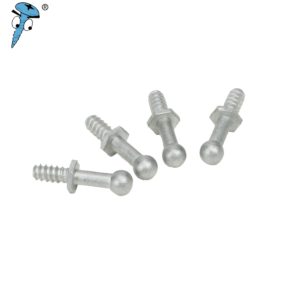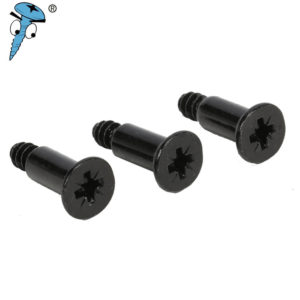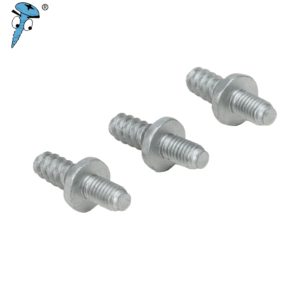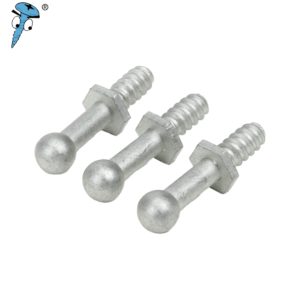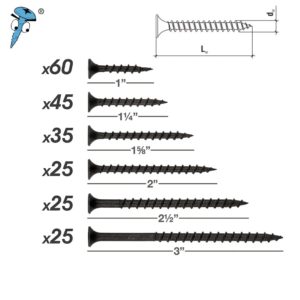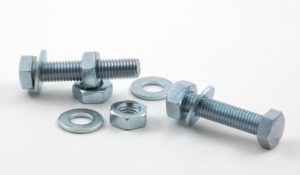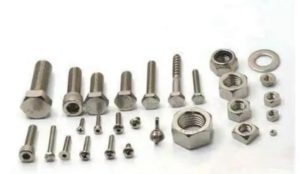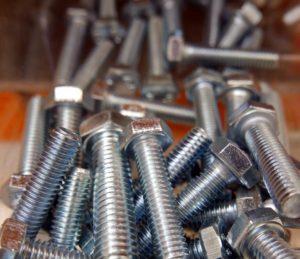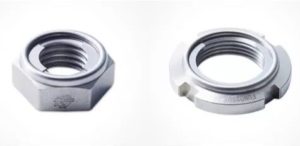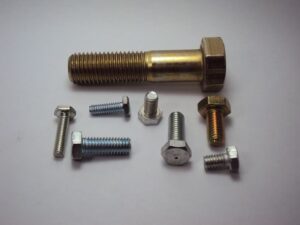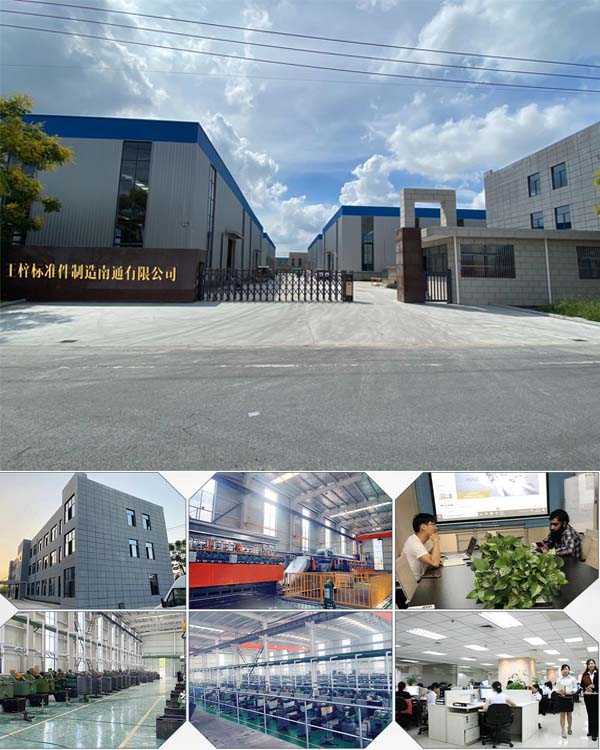What are Fastener Standards? How Are They Implemented?
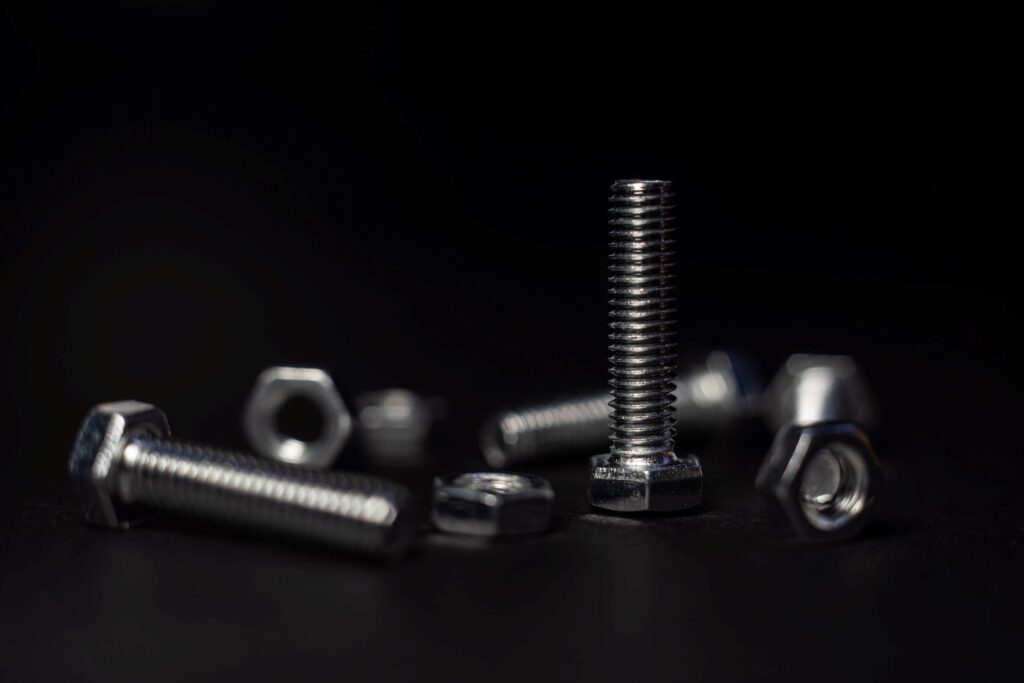
Fasteners are a wide topic regarding the stability, security, and structural integrity of almost every structure, machinery, and product for everyday use by people. Being a functional and effective mechanical device, the diverse specifications in features and characteristics of fasteners cannot even be understated. Since they are the backbone of engineering and machinery, their pertinent importance should come as a priority not only in common usage but especially in critical applications of prime industries.
Fastener standards are popular merit that companies follow and scout out because of the precise specifications and overall quality they enable on a wide range of industrial components. But beyond the essentiality of fine manufacturing in fasteners, the standards also act as guidelines for manufacturers to ensure the uniformity and best quality possible.
Organizations Who Develop Fastener Standards
In the complex world of industries, implementing and following standardized features of products and services is an act that mainly establishes safety, uniformity, and quality expectations. The guiding set of standards on industrial fasteners are made by organizations from around the world that aim for international or country-specific scale, and sometimes for industry-specific. Here are some popular organizations that are known to have the fastener standards that many manufacturers comply with:
- ISO or International Organization for Standardization
ISO is a widely known organization that implements more than 20,000 standards among different industries and has been regulating for about 70 years. It almost has a standardization of every product ranging from camera film speed to currency codes and social responsibility, meanwhile, ISO standards for fasteners and other related components were regulated 50 years ago.
2. DIN or Deutsches Institute for Normung (German National Standards Institute)
DIN is a leading European standard for a wide range of manufactured products. It is widely recognized and used in the fastener industry for its metric standards which cover the diverse range of fastening devices, accessories, and other related components.
3. ASTM International or American Society for Testing and Materials
ASTM International began as an organization that helped address American railroad failures in the early 1900s in which the materials commonly used were steel metals. The organization has a wide scope of standards for a variety of metals with different uses, shapes, properties, chemical compositions, and more. With the high number of metals used in the fastener industry, standards within ASTM were extended towards its manufacturing in over 140 countries.
4. ASME or American Society of Mechanical Engineers
The organization of ASME was originally founded to cover the critical safety issues in boilers and pressure codes which then influenced a wide range of mechanical engineering systems. For fastener standards, they impart terminology and definitions to specific clearance hole dimensions of threaded fasteners under the B18 naming codes.
5. ANSI or American National Standards Institute
Unlike the previous organizations, ANSI does not create standards but rather coordinates with other organizations like ASME, ASTM, ISO, SAE, and DIN to provide a neutral ground for industries. Usually, when ANSI accredits standards from organizations it will be listed as a dual name (example: ANSI/ASME B18.2.2). Before they represent different standards to the International community they should meet their requirements for openness, balance, consensus, and due process. With the wide range of coverage on different standards worldwide, fastener standards within ANSI are best assured to meet high-standard evaluation.
6. SAE International or Society of Automotive Engineers
SAE International serves as a global organization that aims to standardize the automobile industry that encompasses almost any form of mobility including aerospace. Their standards stretch towards the coverage of components, systems, and practices within air and ground vehicles along with medical, defense, and management industries. SAE generates their standards through an extensive and precise eight-step development process which are categorized accordingly in industries.
Coverage for Identifying Fastener Standards
Some organizations have their own identifying elements for the implementation of standards in various industrial products, but for the fastener industry the similarities can be broken down into six different categories:
- Specifications: This factor covers the important properties of components including dimension, tolerances, and chemical properties like material composition.
- Test Methods: Manufactured fasteners should undergo varying test methods that specify their effectivity and values, which will help identify their characteristics and suitability.
- Practice: A good consideration for successful fastening comes with the provision of procedures and instructions for fastener use especially during installation.
- Guide: Supplier initiatives to offer guidance and considerations that will enable consumers to select the right fastener will be a factor that contributes to the classification of fastener standards.
- Classification: The importance of general information and clear classification of variety and type on fasteners will be a basis for fastener standards.
- Terminology: This element includes varying definitions, symbols, and other identifying factors of the fastener in its overall structure and composition.
Overall, the examples of considerations on how organizations identify and classify fastener standards throughout the world aim to develop and create uniformity in the quality and manufacturing ability of companies. This helps consumers and industries have a unified expectation of the characteristics and capabilities of the wide range of devices on their effectiveness and reliability. Some organizations may even have a long list of standards and criteria for establishing fastener standards that may not be mentioned here but one thing is for sure, these measurements are valuable guidelines that will make us choose the right mechanical components for achieving success in fastening or other related process.
Partner with a leading manufacturer and supplier of high-quality fasteners for over 30 years, visit Prince Fastener Manufacturing Co., Ltd. and trust that we can deliver precise standards for your fastening needs and requirements.

